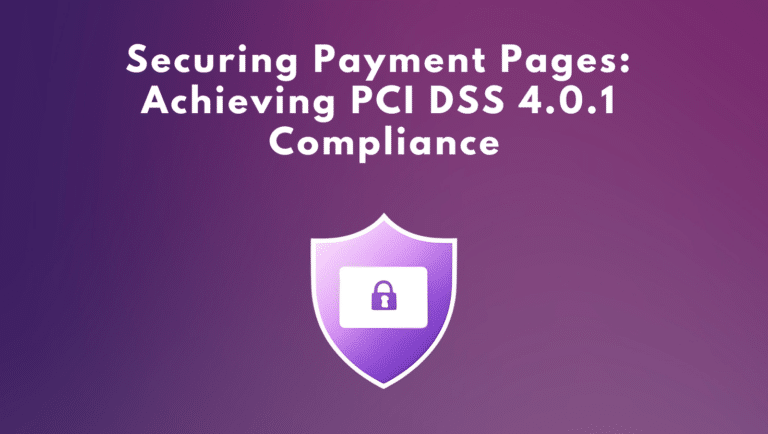In an ever-expanding web landscape, JavaScript is the glue that holds website and web application development together. But eventually, weaknesses, cracks, and gaps are going to appear in the JavaScript code. When this happens, businesses may find themselves at risk of something more dangerous. Understanding JavaScript security in today’s digital landscape, and the issues and problems related to vulnerable JavaScript code, are critical to protecting businesses and client-side interactions. That’s why we’ve created a free new e-book called The Ultimate Guide to JavaScript Security, which discusses why JavaScript security is so important to a well-architected web application.

The 5 Most Important Things About JavaScript Security
It is no longer enough to simply secure the perimeter with tools like web application firewalls. Organizations must secure the JavaScript that drives the front end or client side of their web applications to protect customers, minimize risk, and ensure business growth.
The free, new e-book: The Ultimate Guide to JavaScript Security contains five primary sections that cover everything businesses, security professionals, and web developers need to know about JavaScript security:
- Client-Side Attacks and JavaScript Code
- Securing JavaScript
- JavaScript Security Approaches & Technologies
- JavaScript Risks and Threats
- JavaScript Security: Teams and Collaboration.
Security Problems: “Includes front-end JavaScript libraries with known security vulnerabilities”
The power of JavaScript is evident across today’s digital landscape. Almost 98% of all websites use JavaScript as the client-side programming language to add interactive behavior to web applications. E-commerce sites depend heavily on JavaScript to support the user experience during the shopping and purchasing process. Banking websites use it to support customer forms and businesses use it for advertising and to track web analytics. Web developers consider JavaScript libraries an important tool to streamline the software development process. However, increasingly, when analyzing web code, developers come across the warning “Includes front-end JavaScript libraries with known security vulnerabilities.” While JavaScript is a crucial component of front-end development, it remains extremely vulnerable to attacks, since it is easy for attackers to manipulate JavaScript code to access, steal, or contaminate data. Unfortunately, JavaScript libraries are a common source for vulnerable and malicious code.
Each of these sections addresses key issues related to JavaScript security from a client-side perspective and provides the reader with guidance on how to better protect customers and businesses.
E-book Highlights: The Ultimate Guide to JavaScript Security
Key highlights from The Ultimate Guide to JavaScript Security include:
- JavaScript is a client-side language processed by the web browser, not the web server, which means client-side activity happens outside of the business’s security perimeter. Traditional security technologies, like firewalls, will not protect the end-user from malicious activity occurring on the client side.
- High-risk industries under threat of a JavaScript attack include financial services & banking, Insurance, healthcare & medical, e-commerce & retail, travel & hospitality, communication, social media, & content producers, and cryptocurrency exchanges & blockchain.
- Automated scanning tools are the best way to detect, identify, and alert on behavior anomalies within JavaScript.
- Research suggests that website and web application attacks account for more than a quarter of all data breaches. Common attack types include e-skimming, Magecart, sideloading, cross-site scripting (XSS), and formjacking.
- JavaScript is vulnerable because it is easy for hackers and other threat actors to input query strings into forms to access, steal, or contaminate protected data. By default, JavaScript environments do not have a security permissions model built in.
- Third- and fourth-party scripts, plug-ins, and extensions are usually written in JavaScript. These tools present added risk since vulnerabilities and bugs can be embedded in the code.
- JavaScript code can lie undetected and seemingly benign, while performing countless nefarious acts such as intercepting customer information from a form or stealing credit card information.
Learn More
If you maintain a website to support your end users as part of your business model, then client-side security is crucial. Download this free e-book The Ultimate Guide to JavaScript Security to get a better understanding of the client side and how you can protect your business and your customers from web skimming, cross-site scripting, formjacking, and the multitude of other cyberthreats attacking the front end of your web applications.


